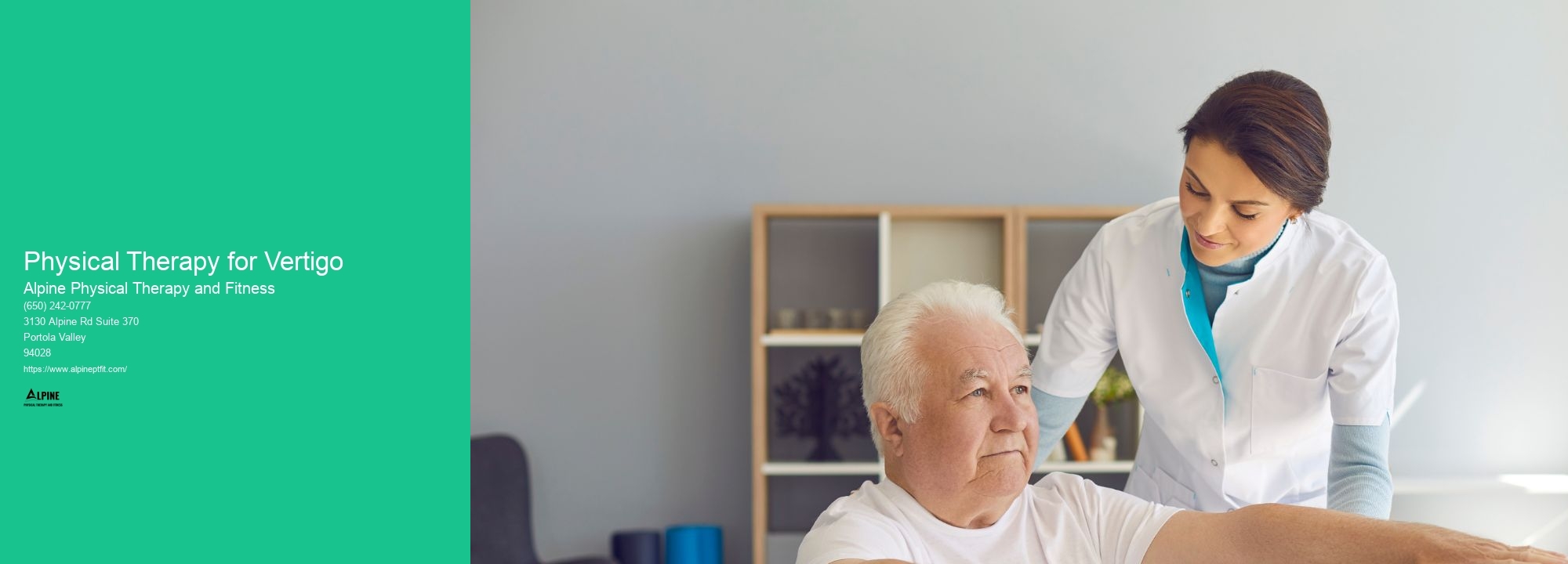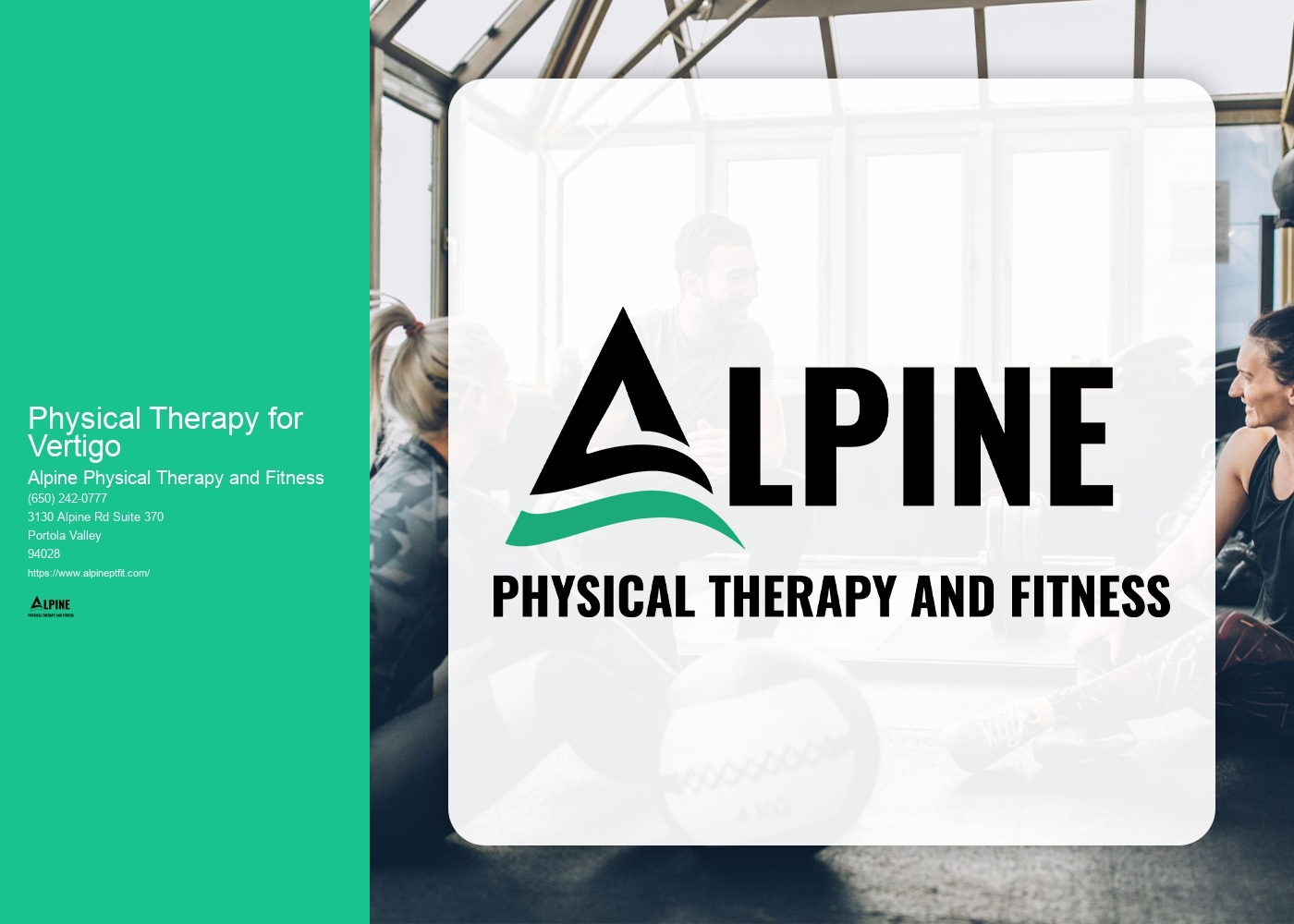

Physical therapy for vertigo is a specialized form of therapy that focuses on treating the underlying causes of vertigo and improving balance and coordination. It involves a series of exercises and techniques that are designed to help alleviate symptoms and improve overall function. Physical therapy for vertigo is typically performed by a licensed physical therapist who has expertise in treating vestibular disorders.
Physical therapy can help with vertigo by targeting the vestibular system, which is responsible for maintaining balance and spatial orientation. The exercises and techniques used in physical therapy aim to retrain the brain to adapt to changes in the vestibular system and improve balance and coordination. This can help reduce the frequency and severity of vertigo episodes and improve overall quality of life.
There are several common exercises used in physical therapy for vertigo. One common exercise is called the Epley maneuver, which involves a series of head movements that help reposition displaced crystals in the inner ear. Another exercise is called gaze stabilization, which involves focusing on a stationary object while moving the head to improve balance and reduce dizziness. Balance exercises, such as standing on one leg or walking on uneven surfaces, may also be used to improve stability and reduce vertigo symptoms.

While physical therapy can be highly effective in managing and reducing vertigo symptoms, it may not completely cure the condition. The goal of physical therapy is to improve function and reduce symptoms, but the underlying cause of vertigo may still be present. In some cases, additional treatments or interventions may be necessary to fully resolve the vertigo.
The length of time it takes to see improvement with physical therapy for vertigo can vary depending on the individual and the severity of their symptoms. Some people may experience improvement after just a few sessions, while others may require several weeks or months of therapy to see significant improvement. It is important to work closely with a physical therapist to develop an individualized treatment plan and monitor progress over time.

While physical therapy for vertigo is generally safe, there are some potential risks and side effects associated with certain exercises and techniques. For example, some people may experience increased dizziness or nausea during or after certain exercises. It is important to communicate any discomfort or adverse reactions to the physical therapist so that adjustments can be made to the treatment plan as needed.
Physical therapy is not the only treatment option for vertigo. Depending on the underlying cause of the vertigo, other treatment options may include medication, lifestyle modifications, or surgical interventions. It is important to consult with a healthcare professional to determine the most appropriate treatment approach for individual cases of vertigo. Physical therapy may be recommended as a standalone treatment or as part of a comprehensive treatment plan.

Physical therapy can play a crucial role in the recovery of Achilles tendonitis. By employing a variety of techniques and exercises, physical therapists can help alleviate pain, reduce inflammation, and promote healing in the affected tendon. One such technique is manual therapy, which involves hands-on manipulation of the soft tissues surrounding the Achilles tendon to improve flexibility and reduce tension. Additionally, therapeutic exercises can be prescribed to strengthen the muscles in the lower leg and foot, which can help support the Achilles tendon and prevent further injury. Modalities such as ultrasound and electrical stimulation may also be used to promote blood flow and accelerate the healing process. Furthermore, physical therapists can provide guidance on proper footwear and orthotics to ensure optimal biomechanics and reduce stress on the Achilles tendon during daily activities. Overall, physical therapy offers a comprehensive approach to treating Achilles tendonitis, addressing both the symptoms and underlying causes of the condition to facilitate a full recovery.
Joint mobilization and joint manipulation are both techniques used in manual therapy to improve joint function and reduce pain. However, they differ in their approach and level of force applied. Joint mobilization involves the therapist gently moving the joint through its range of motion, using techniques such as oscillation, traction, and gliding. This helps to improve joint mobility, increase blood flow, and reduce muscle tension. On the other hand, joint manipulation involves a high-velocity, low-amplitude thrust to the joint, often resulting in an audible "pop" or "crack". This technique is used to restore joint alignment, release joint restrictions, and improve joint function. While both techniques can be effective in treating joint dysfunction, joint manipulation is generally more forceful and may be used for more severe or chronic conditions.
Yes, there are specialized therapies available for individuals with Alzheimer's disease. These therapies aim to improve cognitive function, manage behavioral symptoms, and enhance overall quality of life for individuals with Alzheimer's. Some of the specialized therapies include cognitive stimulation therapy, reminiscence therapy, reality orientation therapy, and music therapy. Cognitive stimulation therapy involves engaging individuals in activities that stimulate their cognitive abilities, such as puzzles, memory games, and discussions. Reminiscence therapy focuses on using past memories and experiences to improve mood and well-being. Reality orientation therapy helps individuals with Alzheimer's to maintain a sense of time, place, and person by providing them with cues and reminders. Music therapy involves using music to stimulate memories, reduce anxiety, and improve mood. These specialized therapies can be tailored to meet the unique needs and abilities of individuals with Alzheimer's, and they can be provided in various settings, including home, community centers, and long-term care facilities.
Physical therapists play a crucial role in addressing pelvic organ prolapse by utilizing a comprehensive and individualized treatment approach. They employ a variety of techniques and interventions to help alleviate symptoms and improve pelvic floor muscle function. These may include pelvic floor muscle exercises, also known as Kegel exercises, which aim to strengthen and tone the muscles supporting the pelvic organs. Additionally, therapists may incorporate biofeedback, electrical stimulation, and manual therapy techniques to enhance muscle coordination and improve pelvic floor muscle strength. Education on proper body mechanics and postural alignment is also provided to promote optimal pelvic organ support. Furthermore, physical therapists may collaborate with other healthcare professionals, such as gynecologists and urologists, to ensure a multidisciplinary approach to managing pelvic organ prolapse. By addressing the underlying causes and providing targeted interventions, physical therapists help individuals with pelvic organ prolapse regain function, reduce symptoms, and improve their overall quality of life.
Physical therapy plays a crucial role in managing hypertension by incorporating exercise and lifestyle modifications into the treatment plan. Physical therapists use a combination of aerobic exercises, resistance training, and flexibility exercises to help lower blood pressure levels. These exercises help improve cardiovascular fitness, reduce arterial stiffness, and enhance blood vessel function. Additionally, physical therapists educate patients on the importance of regular physical activity, healthy eating habits, stress management techniques, and smoking cessation to further control hypertension. By addressing these lifestyle factors, physical therapy can effectively contribute to the overall management of hypertension and improve the patient's quality of life.
Physical therapy plays a crucial role in addressing overuse injuries in runners by employing a comprehensive approach that focuses on reducing pain, promoting healing, and preventing future injuries. Physical therapists utilize a variety of techniques and modalities such as manual therapy, therapeutic exercises, stretching, and strengthening exercises to target the specific muscles and tissues affected by the overuse injury. They also provide education on proper running form, footwear selection, and training modifications to prevent further strain on the injured area. Additionally, physical therapists may incorporate other interventions like ultrasound, electrical stimulation, and heat or cold therapy to further enhance the healing process. By tailoring the treatment plan to the individual runner's needs and goals, physical therapy helps runners recover from overuse injuries and return to their sport safely and efficiently.